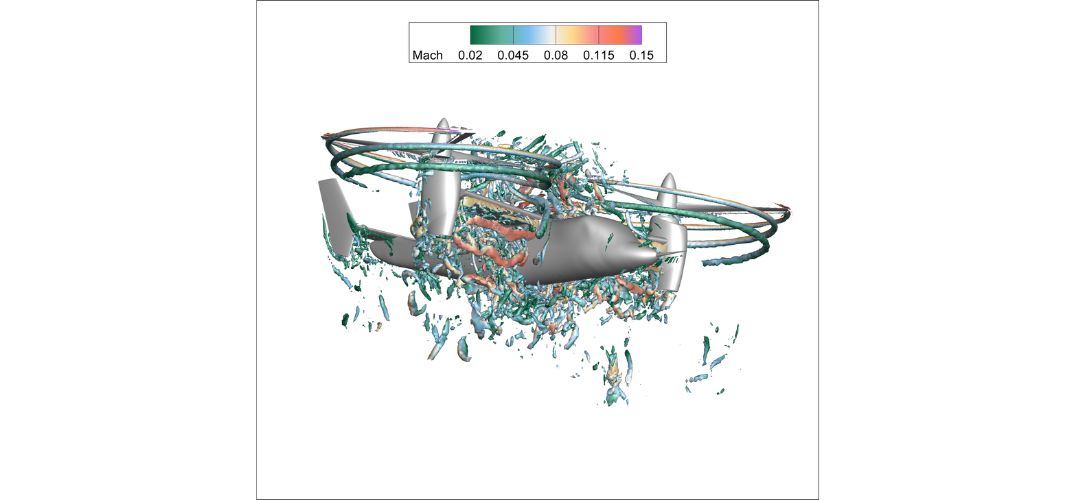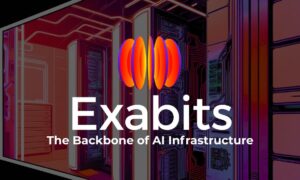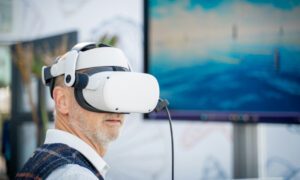Reimagining Hardware Innovation Through Physics Simulation
As industries strive to create next-generation technologies, traditional approaches to hardware development are proving inadequate. Relying on physical prototypes is both time-consuming and costly, often hindering progress and placing strain on resources. A new generation of physics simulation tools, powered by GPU-native technology, is emerging as a significant advancement. These tools enable engineers to virtually model, test, and optimize systems before any physical build occurs, reducing costs, accelerating timelines, and minimizing environmental impact.
This shift is pivotal for sectors including aerospace, energy, healthcare, and manufacturing. By incorporating simulation into their workflows, companies can explore design alternatives more efficiently and make informed, data-driven decisions that reduce waste and energy consumption. The result is a smarter, more sustainable path to development.
Breaking the Bottleneck with GPU Technology
Traditional simulation methods often rely on CPU-based processing, which limits performance when handling large-scale or real-time scenarios. GPU-native simulation platforms change the equation. By using the massive parallel processing power of graphics processing units (GPUs), these systems deliver simulations that are up to 100 times faster than their CPU counterparts.
This increase in computational efficiency allows teams to model complex physical interactions with greater accuracy and in less time. It also lowers the barrier to entry, making advanced simulation available to smaller businesses, startups, and academic researchers who previously couldn’t afford high-end solutions.
Cross-Industry Applications with Real Impact
The effects of GPU-native simulation reach far beyond faster processing. From designing energy-efficient transportation systems to improving renewable energy grids, simulation offers a way to test, refine, and validate systems virtually before any real-world investment is made.
In healthcare, simulation is helping to design better medical devices. In aerospace, it’s advancing next-generation propulsion systems. For the energy sector, it’s supporting the shift toward more resilient and intelligent infrastructure. Across these diverse industries, physics simulation is proving essential for solving complex challenges.
Companies like Flexcompute reflect this shift. Their GPU-native simulation platform allows engineers to work faster and smarter, delivering high-accuracy results at scale. This helps industries reduce physical testing and development costs while promoting more sustainable engineering practices.
A Strategic Vision for Sustainable Innovation
Vera Yang, co-founder and President of Flexcompute, brings a distinct perspective to this change. With a background in finance and global market strategy, she understands both the technical and economic value of simulation.
“Big compute unlocks the full potential of simulation—not just faster results, but the ability to model systems of unprecedented scale and complexity,” says Vera Yang. “It gives us a high-fidelity lens into reality. Simulation is no longer just a testing tool—it’s a strategic engine for continuous innovation.”
Yang’s focus on expanding access to simulation technology reflects a broader trend: making high-performance tools available to organizations of all sizes, not just the largest enterprises. As GPU-native platforms advance, they offer an infrastructure that can respond to emerging needs in quantum computing, autonomous systems, or energy-efficient hardware design.
The Future Is Physics-Intelligent
Simulation technology is no longer optional but foundational to efficient, responsible development. As industries face growing pressure to reduce waste, speed up timelines, and increase performance, the ability to model and optimize in a virtual space offers a significant advantage.
With GPU-native platforms leading this shift, hardware development is becoming more agile, cost-effective, and environmentally responsible. This change is not about replacing human ingenuity but extending it, using simulation to explore new ideas with accuracy and purpose.



































